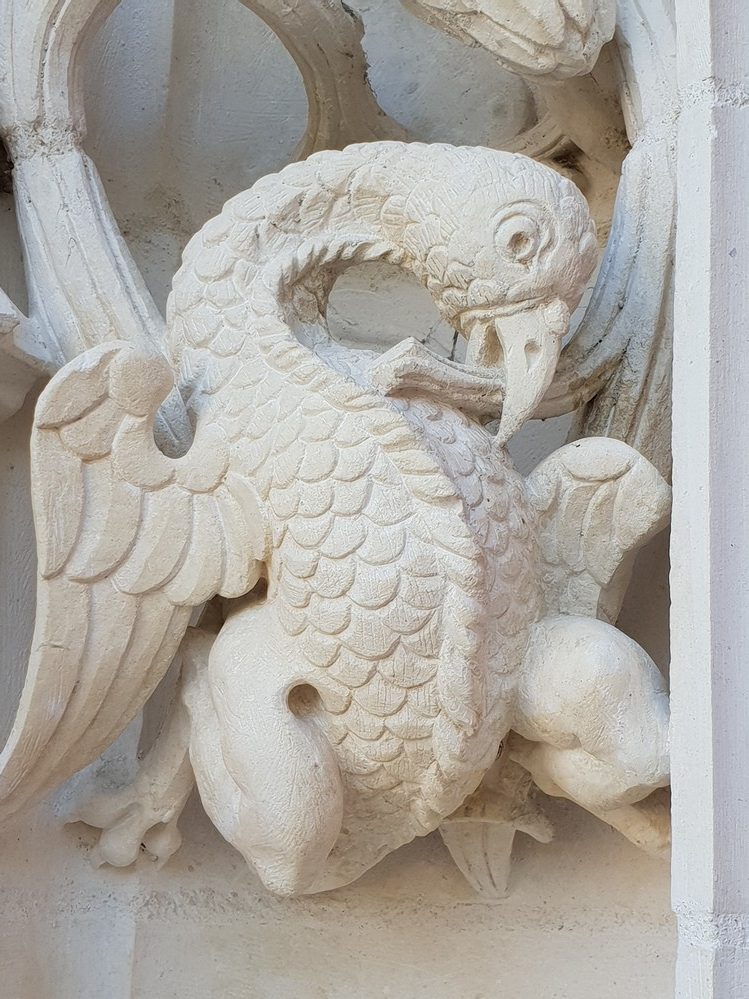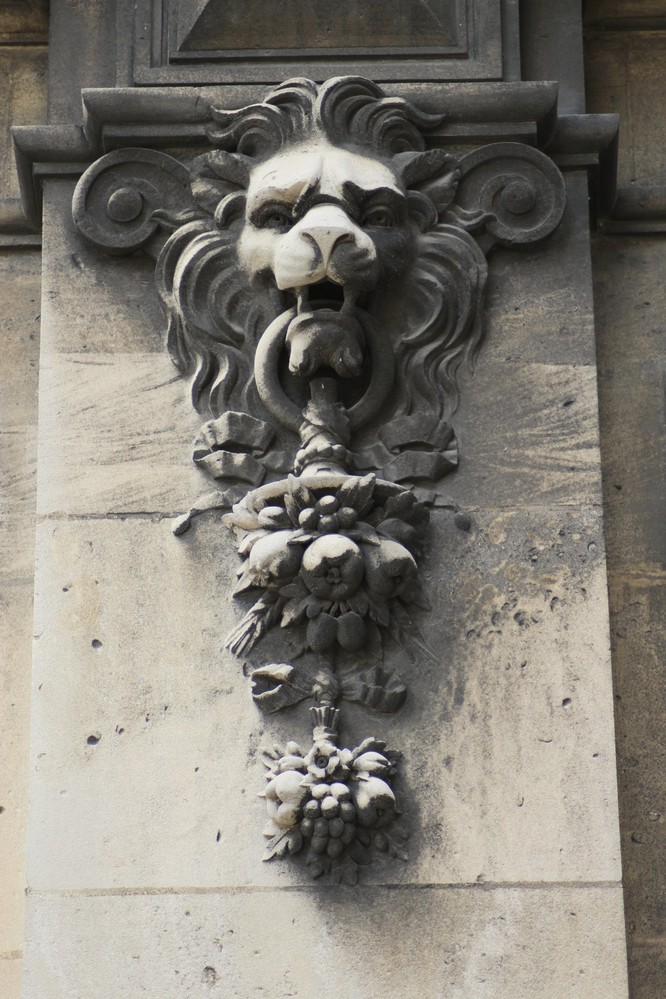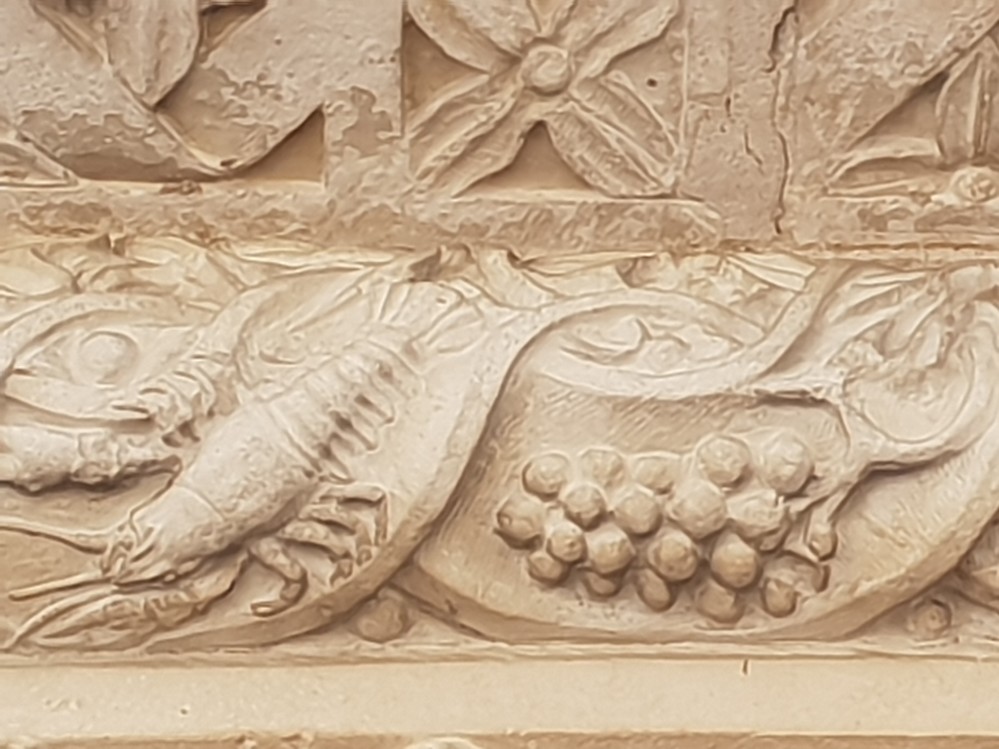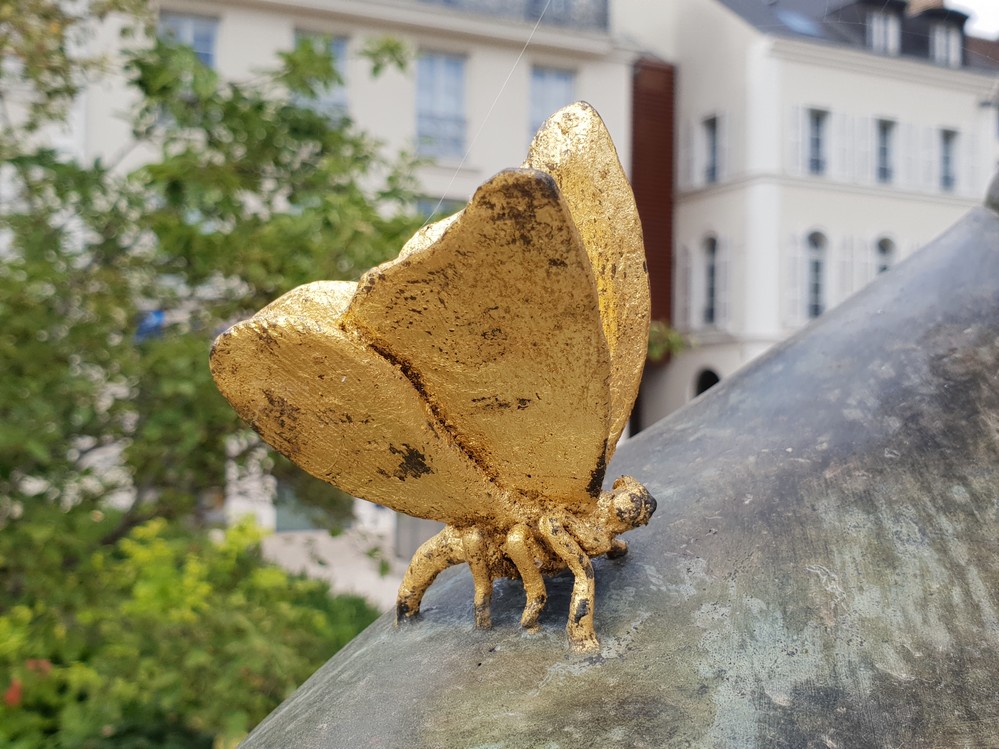Not always confined like they are in the natural history museum, animals can be found everywhere in Troyes.
The town has an open air bestiary, a direct inheritance from the medieval past when animal representation was commonplace and steeped in religious connotations inspired by the Old and New
Testament.
Religious edifices look like Noah’s Ark with an abundance of real or fantastic animals, either loaded with complex symbols or simply representing good and evil. And there are no less than ten churches and cathedrals in Troyes.
The gargoyles are evocative figures, such as the sow feeding its young or the winged monster with a snake’s tail on the Saint-Urbain basilica, where you can also observe a mermaid and a seahorse.
The cathedral features a child riding a pig, another playing with a wolf, a lion reading a book, another mounted by a gnome.
Tritons, dragons and unicorns, griffins and chimera, phoenixes and salamanders, dogs and owls, snakes and bearded vultures, tapirs, rams and Easter lambs form a disconcerting menagerie.
Eglise Saint-Rémy features a strange snail-dog, but there is also a squirrel gathering an acorn, a crow, a salmon…
Eglise de la Madeleine has a bizarre ox with a frog’s leg stuck on its back! It is clear that monstrous imaginings inspired the artists of the time. There are also the cattle skulls which represent a horse’s head at Eglise de la Madeleine, and the cattle heads at Eglise Saint-Nicolas.
The painters who decorated Eglise d’Isle-Amont were greatly inspired by snails. The same goes for the municipal buildings such as the Hôtel du Petit Louvre where you can catch frogs and crayfish.
There are countless examples. All you have to do is carefully observe the buildings and their decorative elements.
The half-timbered houses have not been forgotten, such as in Ruelle des Chats (cat alley), where you can observe the head of a cat. Or in another case, a fantastic animal which is open to interpretation at no.28 Rue Général Saussier. A wolf has even been carved out of the beam of a half-timbered house at no.51 Rue Emile Zola during restoration.
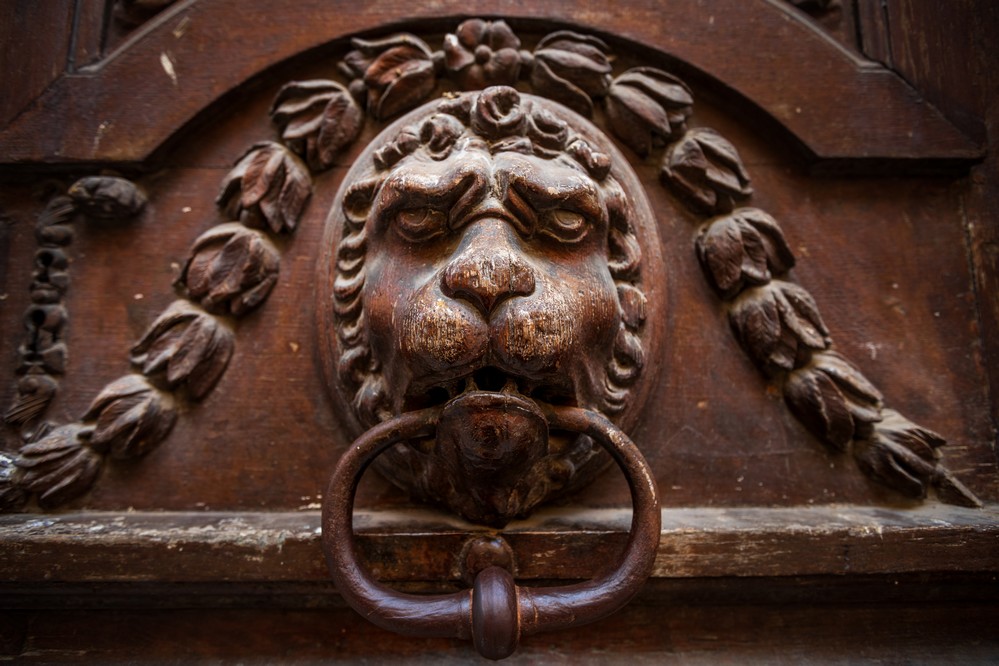
Men and animals are sometimes shown together: such as Adam and Eve’s tempting serpent at no.108 Rue Emile Zola, with a scallop shell as the backdrop.
Recent history has left a beehive and its bees at the corner of Rue Coulommière and Rue du Ravelin, where stands the former warehouses of the Ruche Moderne, the forerunners of mass-market retailers.
Some streets in Troyes have also retained their names from this imaginary medieval zoo: Rue du Paon (peacock), Rue des Pigeons, Ruelle des Chats (cat), Rue de la Corne-de-Cerf (deer horn), Rue du Chevalier-au-Lion. The last refers to Monsieur Yvain, one of the characters created by the poet Chrétien de Troyes.

